AO Edited
Cramond Lioness
This Roman relic was discovered in Scotland by a mudlarking ferryman.
The year was 1997, and Scotland was experiencing a drought. It put local ferryman Robert Graham out of his job charting folks back and forth across the River Almond, and with little else to do, he decided to scour the river’s edge. It proved to be a smart decision. Graham spotted something sticking out of the mud that would eventually become one of the United Kingdom’s greatest discoveries—and allow him to retire with a hefty finder’s fee.
What Graham managed to uncover was a statue of a lion that appears to be devouring a man. He contacted local authorities at the museum of the National Museum of Scotland, who were able to confirm that this sculpture was in fact a Roman artifact from the early part of the first century.
These administrative authorities surmised that this white sandstone idol, which dates from between the second and third centuries, may have been a grave marker for a high-ranking official in the Roman army. This discovery not only set up Graham for life, but also helped prove the Romans had advanced as far north as Scotland.
Near where this discovery was made are the remains of an ancient Roman fort, they can be located adjacent to the Cramond Kirk and Burial Ground. On the opposite side of the River Almond is the erroneously-named Eagle Rock, which has strong associations with the centurions.
Know Before You Go
The lion is located in level -1 of the National Museum of Scotland. The museum is open from 10 a.m. to 5 p.m. and entrance is free.





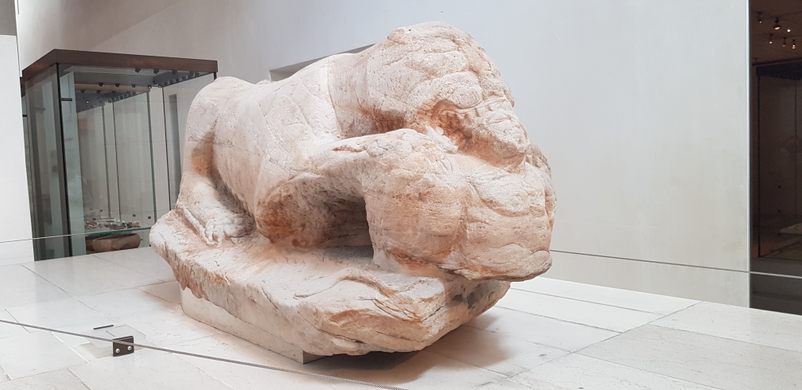














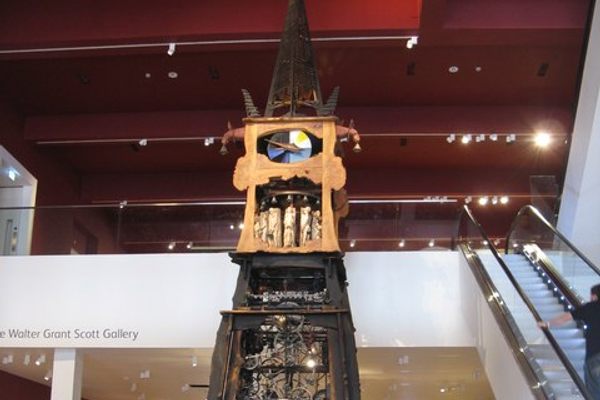


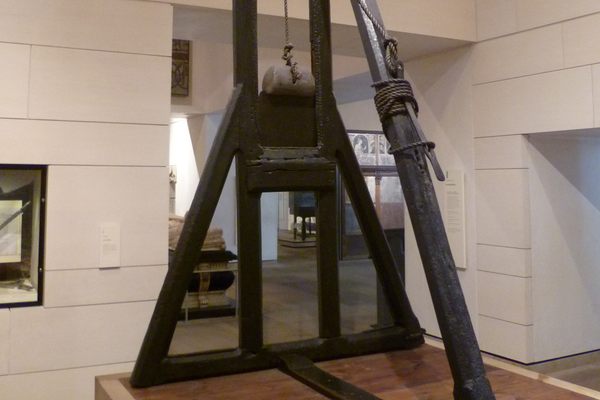
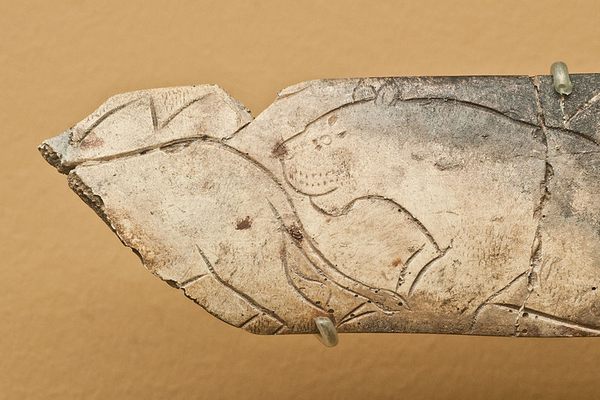
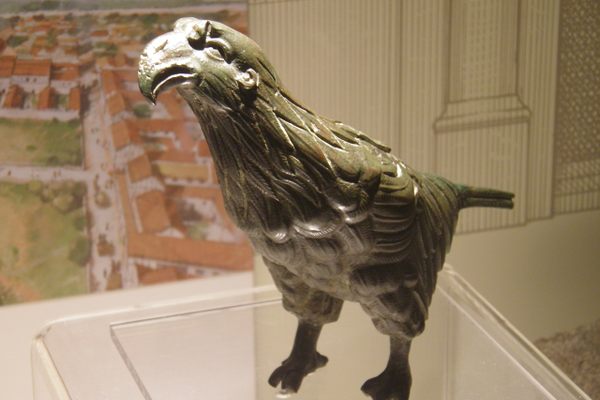





Follow us on Twitter to get the latest on the world's hidden wonders.
Like us on Facebook to get the latest on the world's hidden wonders.
Follow us on Twitter Like us on Facebook